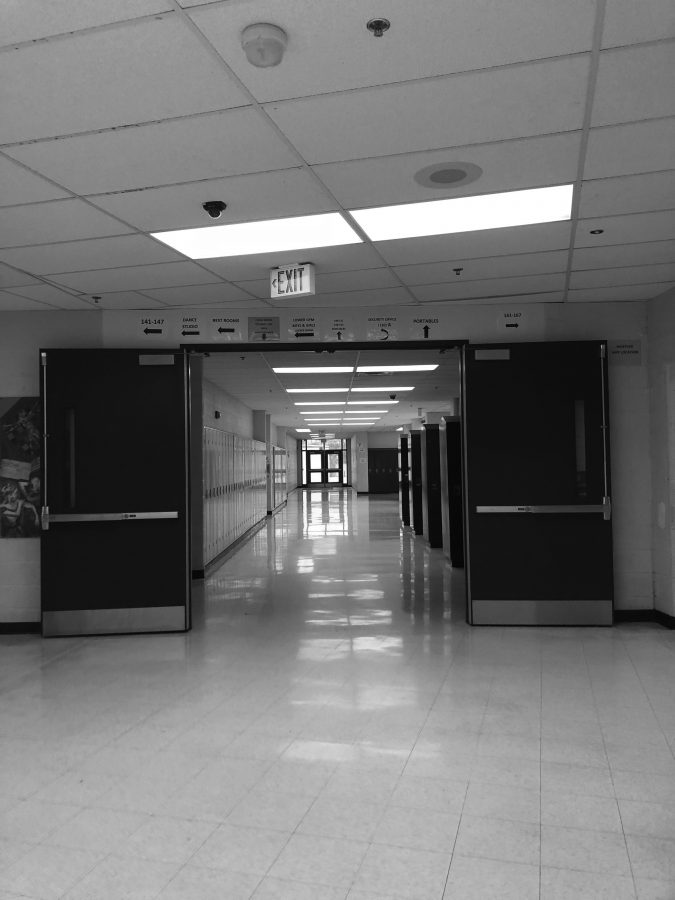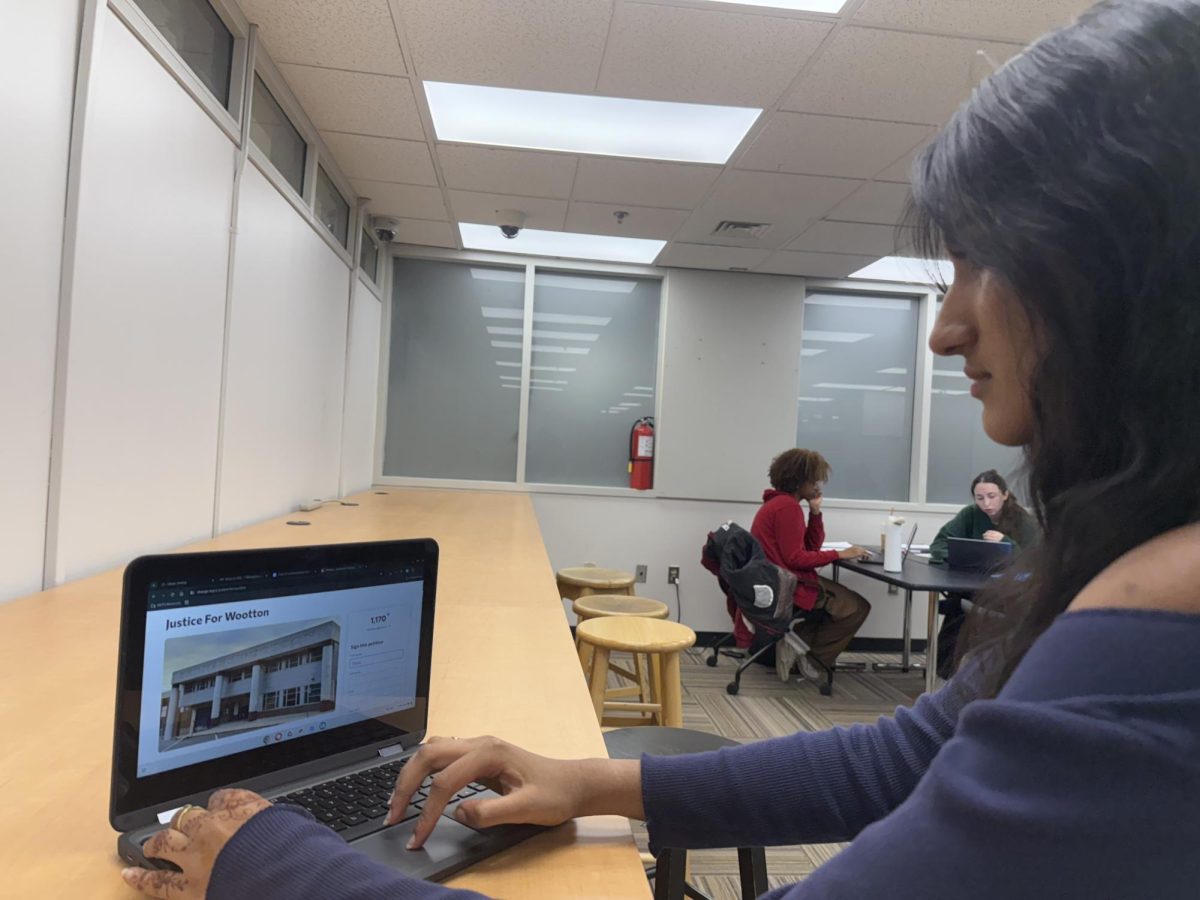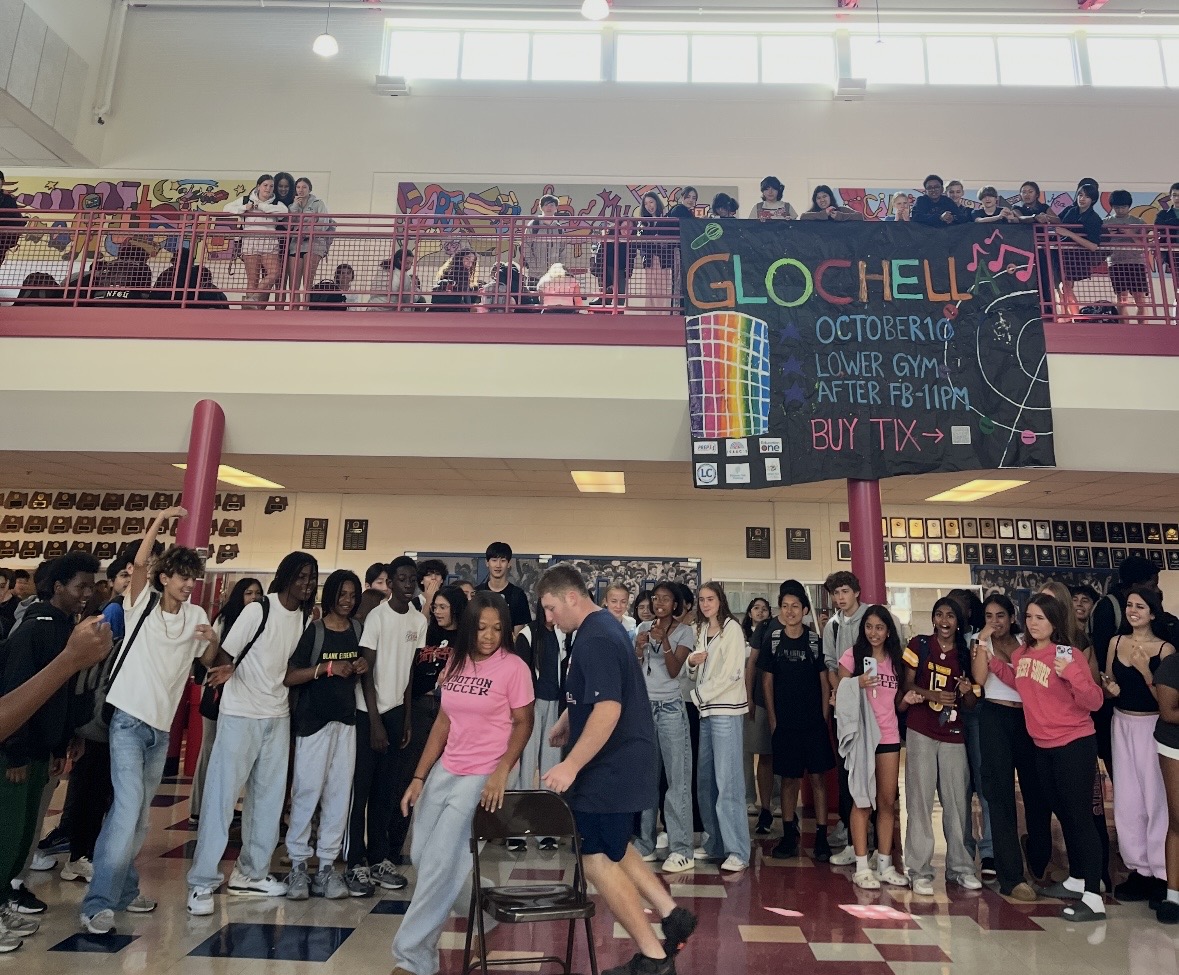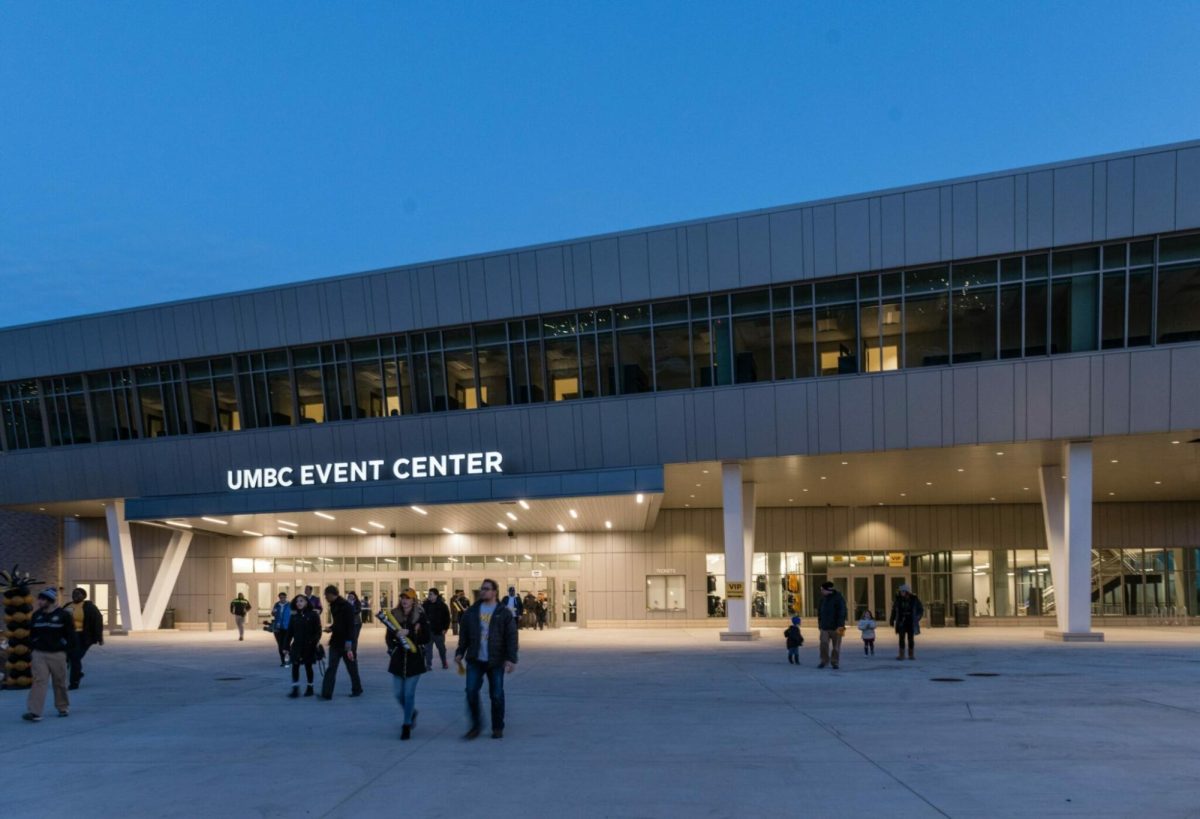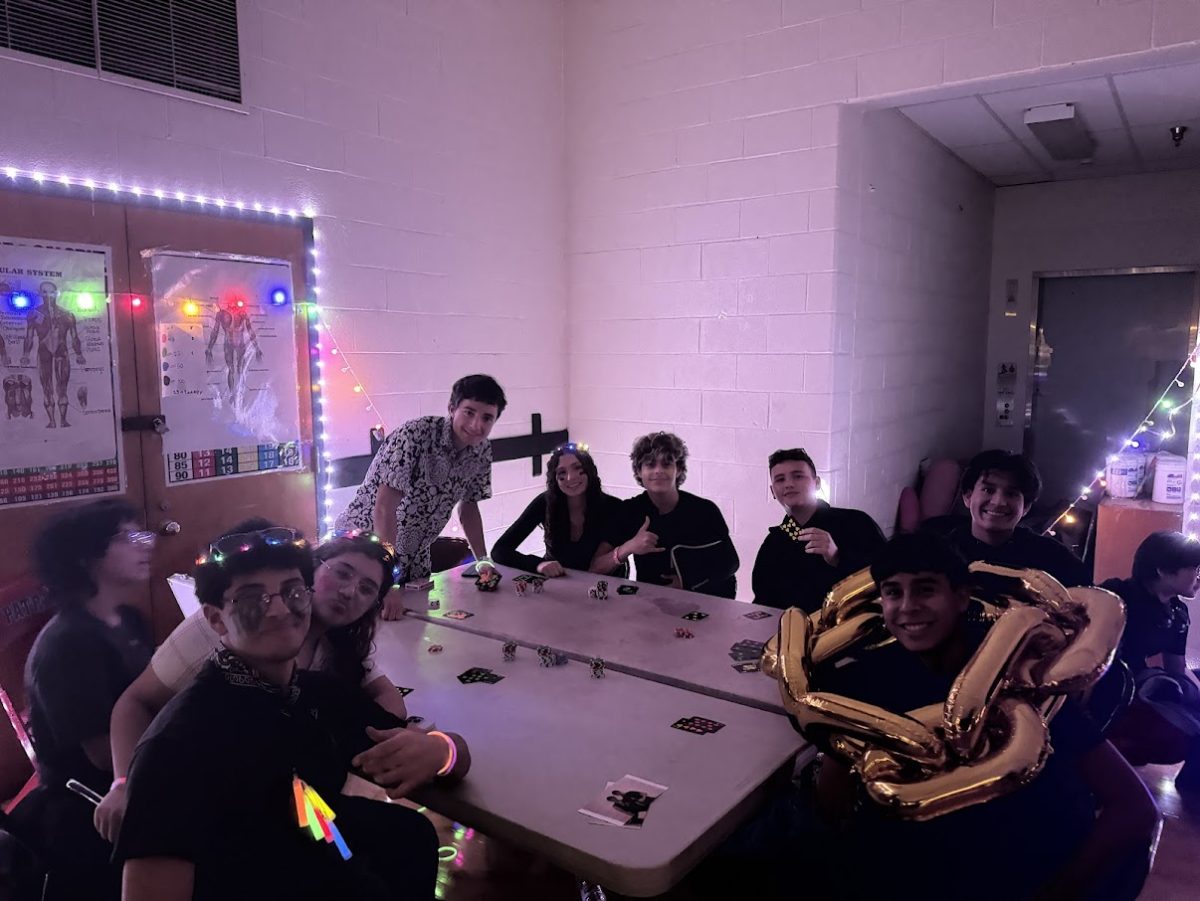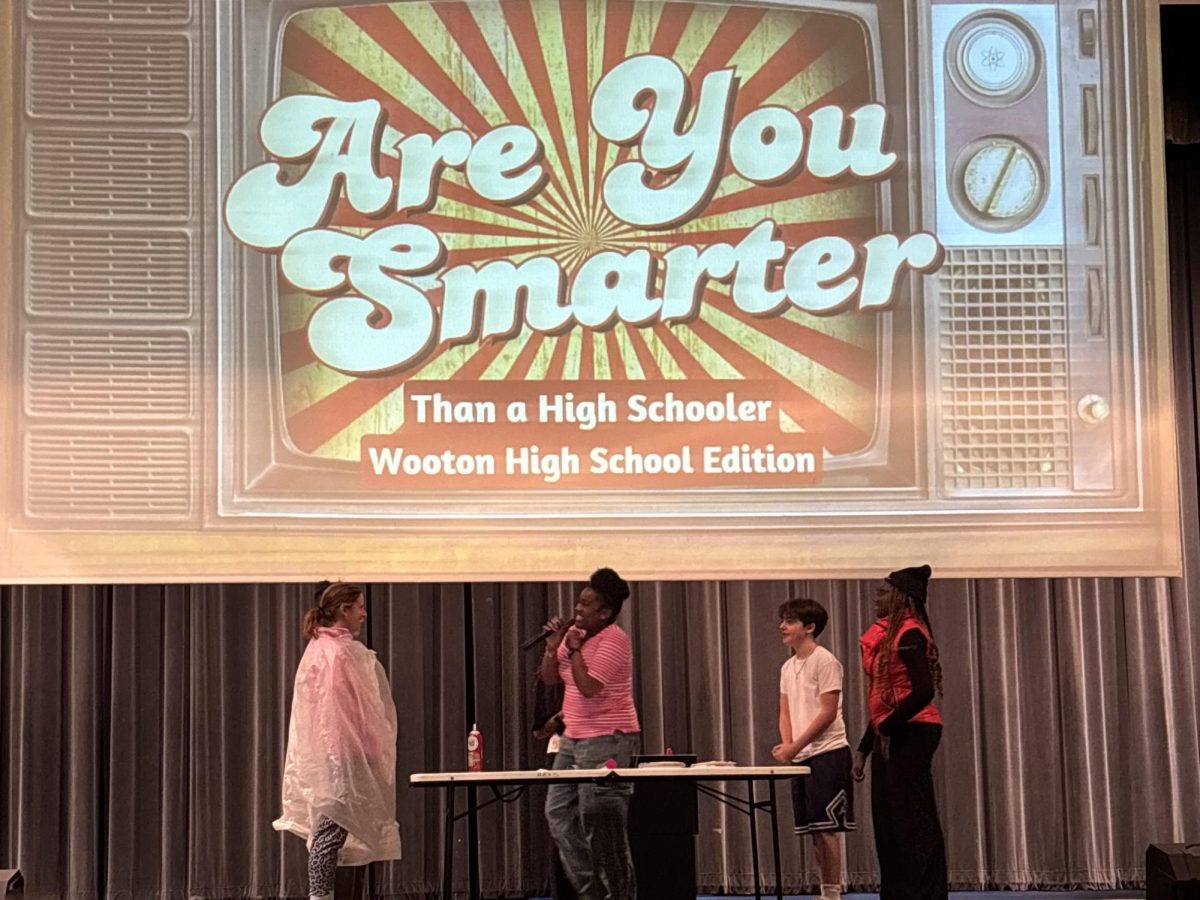“The infrastructure prevents students within the program from interacting with students outside the program. The lack of inclusion is not because of the students, not because of the teachers,
but because of the infrastructure.” – junior Catherine Contreras
For most of us, navigating these hallways is natural – something we do daily and easily without a second thought. Unfortunately, this is not the case for our entire student body. Students in the special education program are not given the same opportunities as everyone else because of the building’s outdated and impeding infrastructure.
The Americans with Disabilities Act
The Americans with Disabilities Act (ADA), a civil rights law made in 1990, established accessibility guidelines for government entities, programs, services and facilities, prohibiting the discrimination of those with disabilities. This building has 380 ADA compliance violations, 215 of which are Priority 1- the most severe.
Title II
Title II of the Americans with Disabilities Act explains that if structural barriers that interfere with or hinder participation for individuals with disabilities exist, the public entity must take steps to ensure that individuals with disabilities can access services and participate in programs through structural improvements, building new facilities, relocating or providing equipment. This school has a myriad of barriers, stretching from the track and baseball field to restrooms to the cafeteria, and all throughout the building. Wootton is one of a number of Montgomery County schools failing to comply with the ADA.
Agreement with Department of Justice
In 2011, the Department of Justice entered into an agreement with the Montgomery County Government regarding several county government sites being non-compliant. These sites included 10 high schools that are used as Emergency Shelters (only one of these schools has since been renovated – Seneca Valley). Under this agreement, Montgomery County and the Maryland National Capital Park and Planning Commission (MNCPPC) established important steps to improve disabled individuals’ access to county programs.
Included in these steps were the planning and preparation of emergency management procedures to include individuals with disabilities, implementation of a thorough plan to improve access to county sidewalks and pedestrian crossings through the installation of curb ramps and the execution of a plan to survey all county and MNCPPC facilities and modify them however necessary to fully comply with the ADA.
Wootton taken off major rebuild list
In 2011 through 2019, Wootton was on the list for a major rebuild/modernization but was then pulled off the list twice. If a school is on the rebuild/modernization schedule in the Capital Improvements Plan, there is an assumption that it does not need to be on the list for an ADA evaluation. Therefore and by default, being on the rebuild/modernization schedule also kept this school from being looked at for ADA concerns.
ADA evaluation
The county conducted ADA evaluations for 198 schools in 2017-2018 through a private firm. In February, retired teacher Randy Alton asked for the reports to be released and after a series of filings under the Maryland Public Information Act (MPIA) procedures and several meetings, the reports were released for all the schools on Oct. 25 on the MCPS website.
This evaluation revealed Wootton’s 380 violations of the ADA. The athletic fields, stadium, school driveway, auditorium, and other major infrastructure compliance concerns did not meet the 1992 ADA provisions when major construction occurred for the Wootton expansion. “How do we go forward as a county, as a school system, as a government with all these ADA barriers?” Alton said.
Speech to Board of Education
On Nov. 7, junior Catherine Contreras spoke on behalf of the school’s special education program to the Board of Education about the need for renovations due to Wootton’s lack of ADA compliance. Contreras highlighted the ways the infrastructure causes the students in the special education program to be excluded from the student body and put in harm’s way.
For a fire drill their route consists of, instead of immediately getting a safe distance from the building, walking alongside the building and through the parking lot to the stadium, as this is the only wheelchair accessible route.
This lone wheelchair accessible exit empties out onto a relatively narrow strip of sidewalk above a steep hill of grass. Because of the lack of renovations at Wootton and a closer wheelchair accessible exit, the special education students would be forced to walk along a burning building in the case of a real fire emergency.
The only wheelchair accessible area in the auditorium is the far left corner, isolating the entire special education program from the rest of the student body. “The infrastructure prevents students within the program from interacting with students outside the program. The lack of inclusion is not because of the students, not because of the teachers, but because of the infrastructure,” Contreras said.
Lack of special education accessibility
The special education classroom area has no natural sunlight and dull conditions, suggesting that the students receive a second-rate environment to learn in. Scientific studies have proven that lighting and color are important to brain function and learning. Additionally, the hall is narrow to navigate in a wheelchair, especially against the waves of students passing by during period transitions. Senior Monica Godnick’s sister was initially enrolled in Wootton’s special education program. However, the antiquated infrastructure and drab environment was an immense obstacle to her educational well-being and progress, resulting in her having to move to another more conducive environment. “ If we want our special education students to thrive and reach their potential then we owe it to them to make their environment a better place,” Godnick said.
Contreras continues fighting on behalf of the special education program, but has been given a run-around. Through the Montgomery County Government’s website, Contreras found and reached out to an advocacy group who told her to go to the Montgomery County Government. She then went to the Montgomery County Government ADA Compliance Team. “The Board of Education is responsible for the operation and maintenance of MCPS facilities and is in the best position to address your concerns. You may also want to contact Doug Hollis directly at MCPS,” the ADA Compliance Team said to Contreras.
Up to the local government
However, the Montgomery County Government regulates and funds MCPS. The ADA is a federal law and it is up to the local government to enforce it, but the Montgomery County Government is not. “Montgomery County Government believes that its the responsibility of MCPS to address their compliance issues. I am not so fast to embrace that idea, reason being funding comes from Montgomery County Government. MCPS does not print money, it comes from the government,” Alton said.
The Montgomery County Government signed the settlement (mentioned earlier), but MCPS did not. It appears as though the county government is supposed to handle ADA compliance, but the ADA Compliance Team said it was the responsibility of the Board of Education. There is no one enforcing the ADA.
Student and employee advocates
Contreras also spoke at the Student Town Hall at Kennedy on Dec. 2. “It made me realize how much the members of the Board of Education don’t know about ADA and ADA compliance,” Contreras said.
Students have been advocating for renovations for years. Members of the Student Government Association, including junior Hank Breen, sophomore Ryan Binder and Godnick, testified before the Board of Education to demonstrate the need for change in the building. However, Wootton is not slated for construction and renovation until September 2026. As one of the Major Capital Projects- Secondary under the superintendent’s Capital Improvements Program, Wootton’s reconstruction has a $65 million budget. The long-awaited renovations will focus on science, programming, fine and performing arts spaces, address the aging infrastructure and upgrade learning environments. This project, however, has no focus or mention of correcting all ADA violations and making the building completely accessible for all people.
Steps need to be taken to improve the quality of education here for all students. We cannot allow our peers to be denied a right granted to them by law. Making our building, and all government programs and facilities, ADA compliant will not only benefit students in special education programs, but the learning environment and community as a whole.


